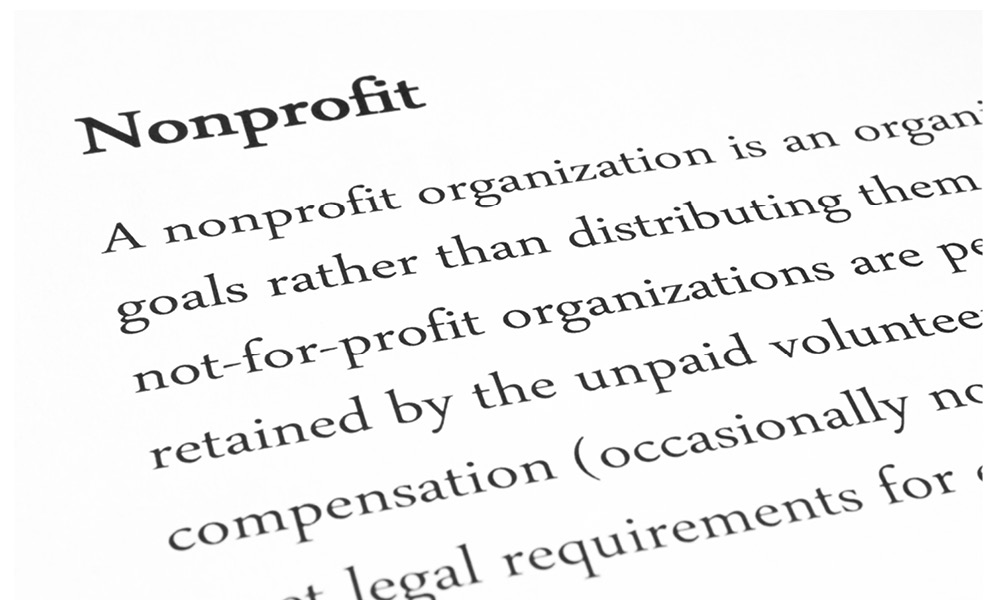Many nonprofit organizations struggle to use data in a way that furthers their mission. Data can be used to find new donors or increase donations from existing donors, but data can also be used to figure out where your donations should be targeted. Today, when social media and online advertising is at an all-time high, it is important for nonprofits to take advantage of online branding and knowledge to grow their supporter and donor reach through social promotion.
More and more nonprofits have found that using technology and data has helped them reach more diverse donor groups in different ways. Your nonprofit probably has a mission or focus, but month-to-month and year-to-year, how do you understand the evolution of that mission without data to back you up?
Why Data Matters to Nonprofits
In order for a nonprofit to be successful, you must inspire and activate communities to support your mission, which requires you to build relationships and awareness around your cause through messaging and outreach in order to transition non-donors to become advocates and finally to donors. As these relationships grow, whether through online campaigns, events, social promotion, or something else, you have an opportunity to gather additional data about your audiences.
Nonprofits use social media for storytelling, cause awareness, and to learn what kind of geographic, behavioral, and economic trends are driving their donations. Can someone relate to your organization’s goal or mission? Do they have a family member driving their donation? These are all factors that go into a donation, and by building your online presence, a nonprofit can take their learnings and build on their next campaign, targeting people who are in like situations.
Gathering Data on Your Biggest Supporters
Before you move forward with contacting potential followers to your campaign, you need to understand who your target donors are. Do you know their demographic and behavioral attributes, what interests them, and where they are from? All this data can be used to refine your current marketing strategy and advance your marketing in the future.
Once you have some information about your donors, you can personalize your marketing message to specific groups. This allows you to optimize your campaigns, rather than sending the same message to everyone with the same (possibly irrelevant) information.
There are almost never-ending sources of data. Here are just a few examples:
- Host or sponsor an event: Gather registration data – and even more – live!
- Share a personal story: Build awareness socially
- Encourage others to share their stories for additional social data
- Website engagement: Use analytics on your website(s) and app(s) to understand who is interacting with your content
- Questionnaires and Surveys: Ask questions to find out more!
- Partner with other nonprofits who have the same goal
- Keep in touch with your advocates: Use newsletters and encourage your biggest supporters to promote as well
By taking the data you have, slicing it to create unique segments, and tailoring messaging and stories to those segments – that is, marketing your cause – you are more likely to turn your relationships into donations.
OK, you have your data. Now what do you do with it?
Collecting data on your best supporters and target prospects is just the first step. How can you put this data to work to make sure you are getting the most value from it?
A great example of a nonprofit utilizing data for these two purposes: to understand its cause and to take advantage of online branding- and the benefit it is delivering – is UNICEF.
UNICEF’s derives data from a survey program on their website called the “Multiple Indicator Cluster Survey” (MICS), which analyzes household data on women and children around the world.
For example, if one wanted to understand infant mortality rates in Tanzania, the data is available to provide a clear picture of the trends around infant mortality over the last few years. UNICEF offers detailed insights and clear visualizations that display how dire a situation may be in a particular area, compared to the next, which ultimately helps both the organization and donors decide more accurately where to allocate their money and fundraising efforts.
As well as their surveying methods to drive donations, and ultimately spread awareness about their mission, UNICEF provides personal content, emergency notifications, and easy-to-access donation buttons throughout their website. When a donation is made, or someone signs up for the emergency notifications, UNICEF asks personal information (i.e., email address, name, home address, phone number, etc.), which is used to thank each donor and keep them updated with where their money is being donated.
UNICEF is certainly a larger nonprofit, and they have the resources available to collect all of this information. For smaller nonprofits, surveys still work, exceptionally well. Whether you are targeting a small town, a big city, or single person, you get answers through surveying and research, and that is data at your fingertips.
Summary
The data is there – you just need to utilize it to its full potential, to find new donors, increase donations from existing donors, or finding where and how donations should be applied. It’s easy to forget how important it is for us to take advantage of our online presence and branding to grow our reach. What better way to understand who our customers are and the facts surrounding our mission than with the data we have at our fingertips? Every piece of data you collect can influence your campaign and its success. The important thing is to start collecting it and using it to your advantage.


